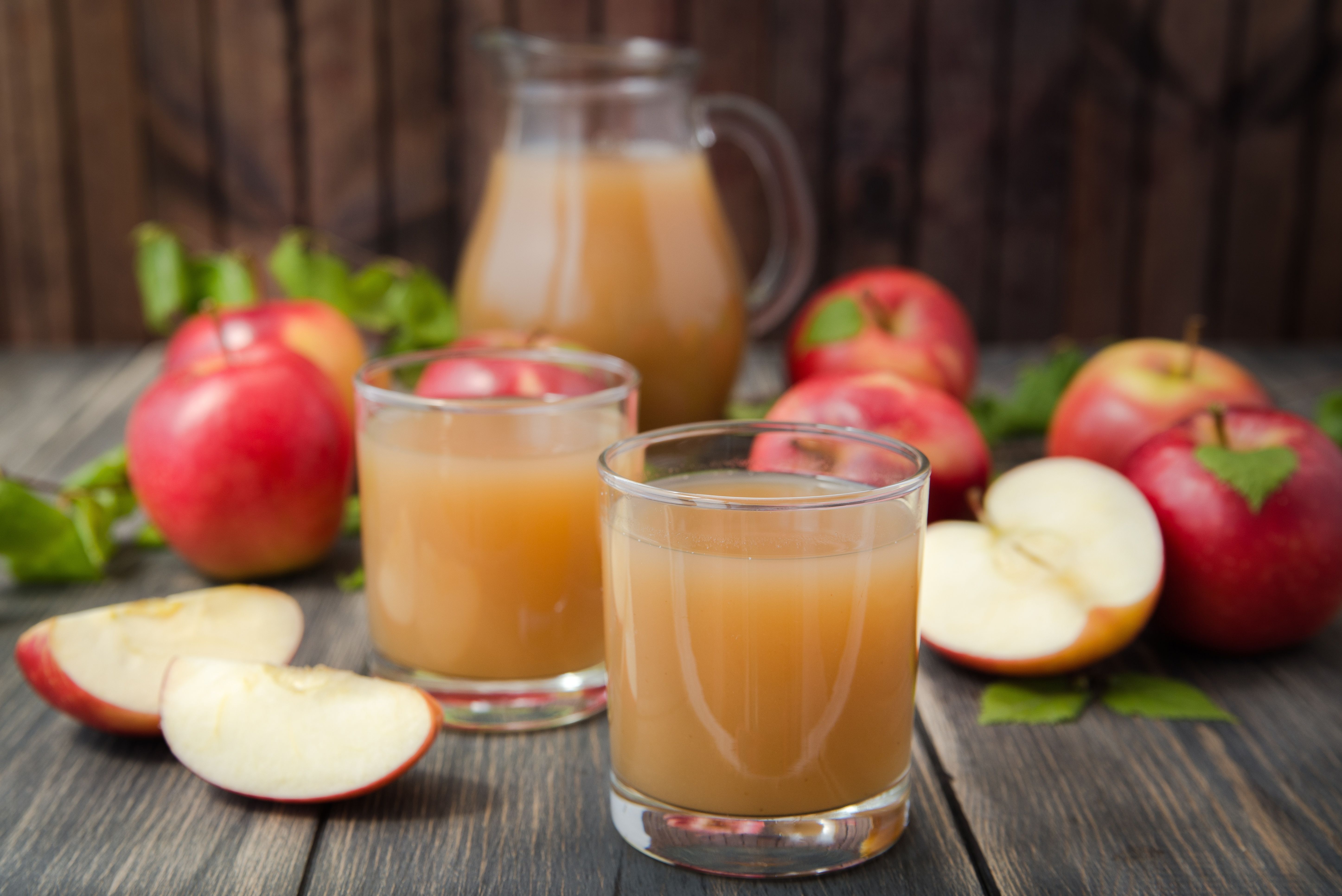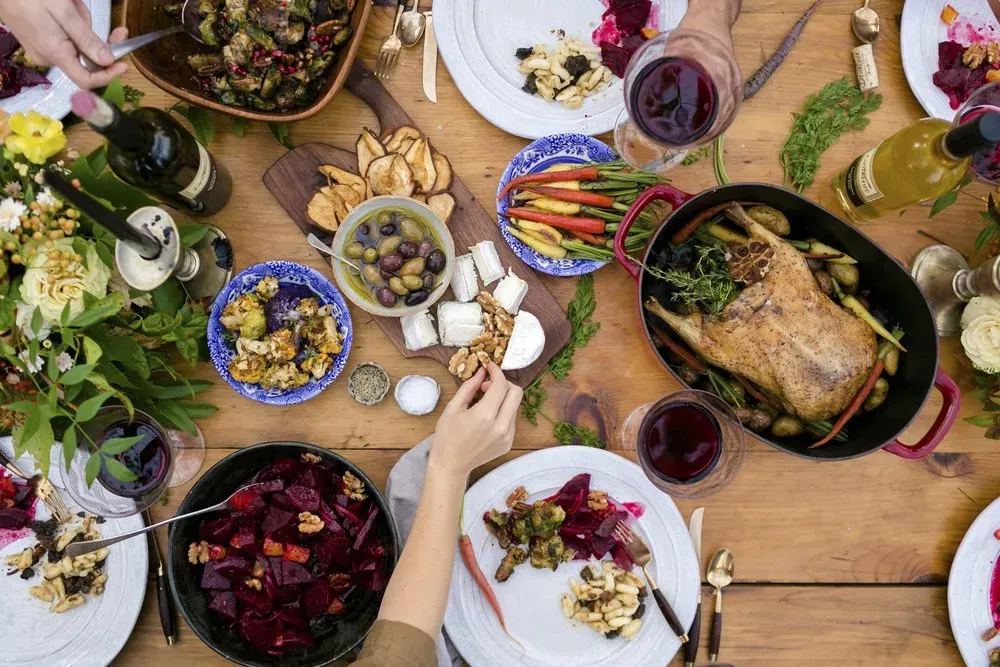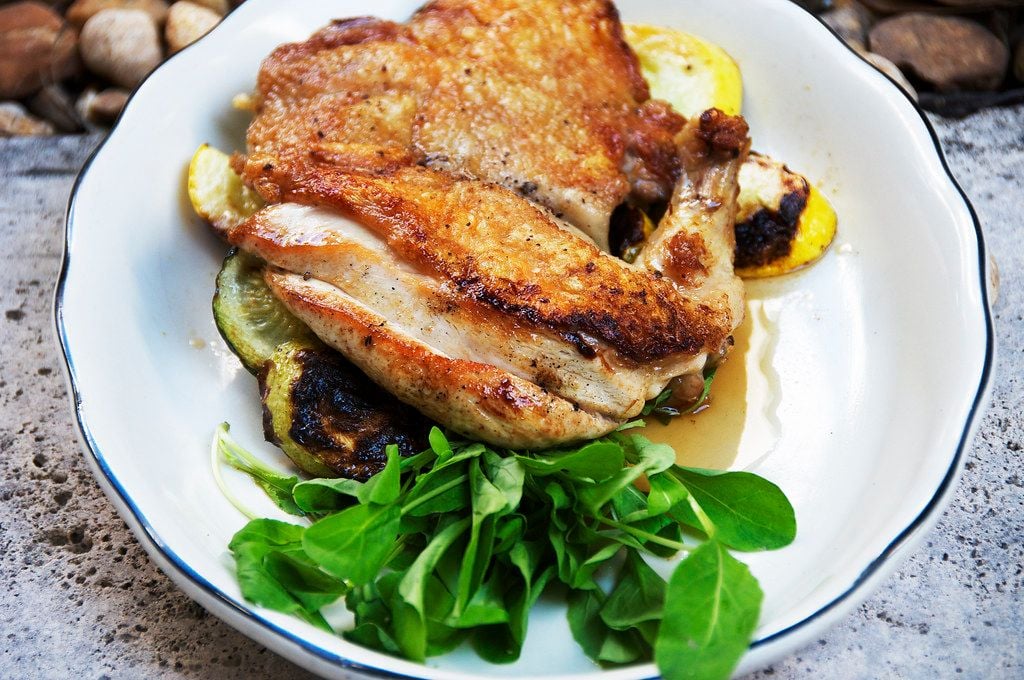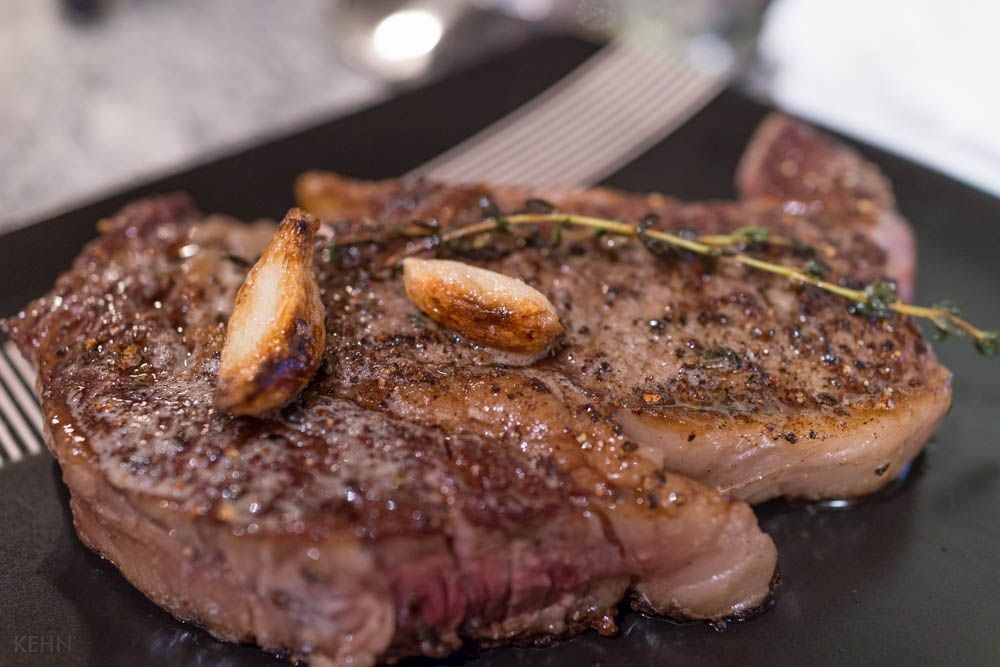
Juicing the Wild: The Rebellion of Fermenting Feral Apples
- Dec 23, 2023
"Who's ready for an apple hunt?" It's morning and Shacksbury Cider's co-founder David Dolginow poses this question amidst the picturesque hue of the skies of an October morning. A 150-year-old barn forms the backdrop and apple trees bursting with fruit leads to the grassy slope. A special day indeed, as the Vermont hard cidery team take a break from their usual canning and fermenting tasks, in search of orchards left unattended and wild apple varieties that dot Vermont's panoramic hills.
What they are looking for, is not merely apples, but unique flavors and rare fruits that have withstood time and elements. They are part of Shacksbury's Lost Apple Project, a relentless audible passion for exploring the magic of nature bringing to life wild apple trees, or ones left unattended for arguably centuries. Shacksbury shares this pursuit for apple foraging with a handful of fellow cideries and distilleries across the States, to turn these wild and intriguing fruits into beverages.
"When we look for apples, we're seeking more than just fruits, we are searching for a balanced blend of flavor density, acidity, sugar, and tannins," explains Colin Davis, co-founder of Shacksbury Cider. From stopping by random orchards to tracing some really odd trees via tips from the Lost Apple Registry, Shacksbury's quest for apples has been quite an adventure.
At one such apple hunt at a hill farm, Davis find himself under a tree laden with oddly shaped, yellowish-green apples. And much to his delight, the fruit happens to possess a unique blend of vanilla and a chalky flavor, that is just perfect for cider brewing.
While mass apple cultivation may be an easier pursuit, there's something about foraging for wild apples that keeps cider enthusiasts engrossed. Trees left untended often bear a mix of sweet and acrid fruit, each one offering a surprise, explains Andy Brennan, a cidermaker from New York and renowned author. Brennan notes the roots of such trees tend to seep deeper into the terrain, imparting earthy essences to the apples, eventually contributing to their distinct flavors and their unique, thickened skin.
"Tougher skinned apples, would often emit more tannin, an ingredient crucial for the maturing of ciders," adds Brennan. The density of flavors you can achieve with cider made from such apples is manifold compared to those made from regular orchard apples.
Sample this. Shacksbury's team completes a fruitful foray, their crates are lined with a variety of wild apples. They then retire to a meadow perched high above the White River Valley, each sipping on a can of "Deer Snacks", Shacksbury's special annual cider made from foraged and orchard fruits. The experience is like a burst of candied tang on the palate, fermented to perfection.
At times, they stumble upon a wild apple variety that is so good, they decide to make it their own, with the help of grafting and by bringing once-wild varieties under cultivation. However, for most wild and feral apples, anonymity is their charm, their fate appreciated by the cider enthusiasts, and by the deer that get their season's snacks.
To the close of a fruitful day, Dolginow proclaims, "Let's call it a day." Festooning the ground beneath them are the stray fruits, infusing the air with a mix of sweet and slightly decayed aroma. "We'll leave plenty of snacks for the deer."






